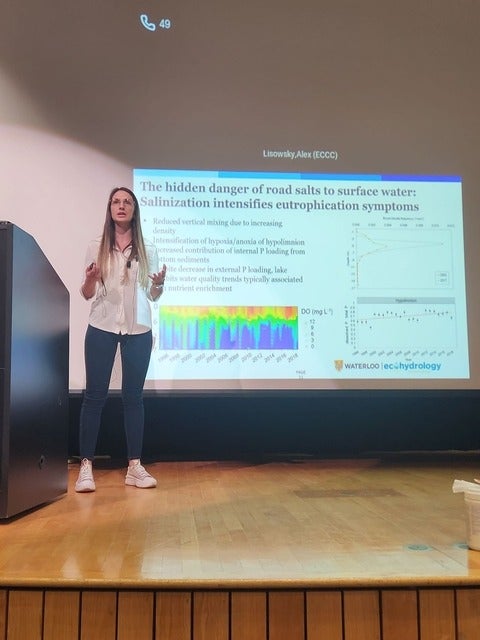Jovana defends her PhD Thesis!
Ecohydrology group PhD student Jovana Radosavljevic successfully defended her thesis on August 17, 2023 in a hybrid defence. Jovana's thesis is titled "Land use changes and salinization: Impacts on lake phosphorus cycling and water quality." Her research was supported by the Global Water Futures Program. Jovana's examination committee included her supervisors, Drs. Fereidoun Rezanezhad and Philippe Van Cappellen (both from Earth and Environmental Sciences), her advisory committee members, Drs.

